
Exciting new series on “Voice, Body and Movement for Lawyers – How to connect with the jury and find Justice Through Dramatic Technique!”
Click here to find out more
Statutes are directly or indirectly involved in most litigated cases, yet very little attention is ever paid to the dozens of rules of statutory interpretation that can make or break your case. Judges appreciate statutory interpretation analysis from litigants. You should be the one to provide it. The rules of statutory interpretation are fairly straight forward. This course will show you that these rules are much easier than the multitude of Latin phrases associated with them would otherwise lead you to believe.
This course covers the basic framework used by state and federal courts to interpret statutes (and regulations). It describes the “fork in the road” of statutory interpretation: “plain meaning” or “ambiguity” and the rules that apply to each fork. Then some of the most common canons of statutory interpretation are described. And the course even uses stop lights and tequila to illustrate these rules.
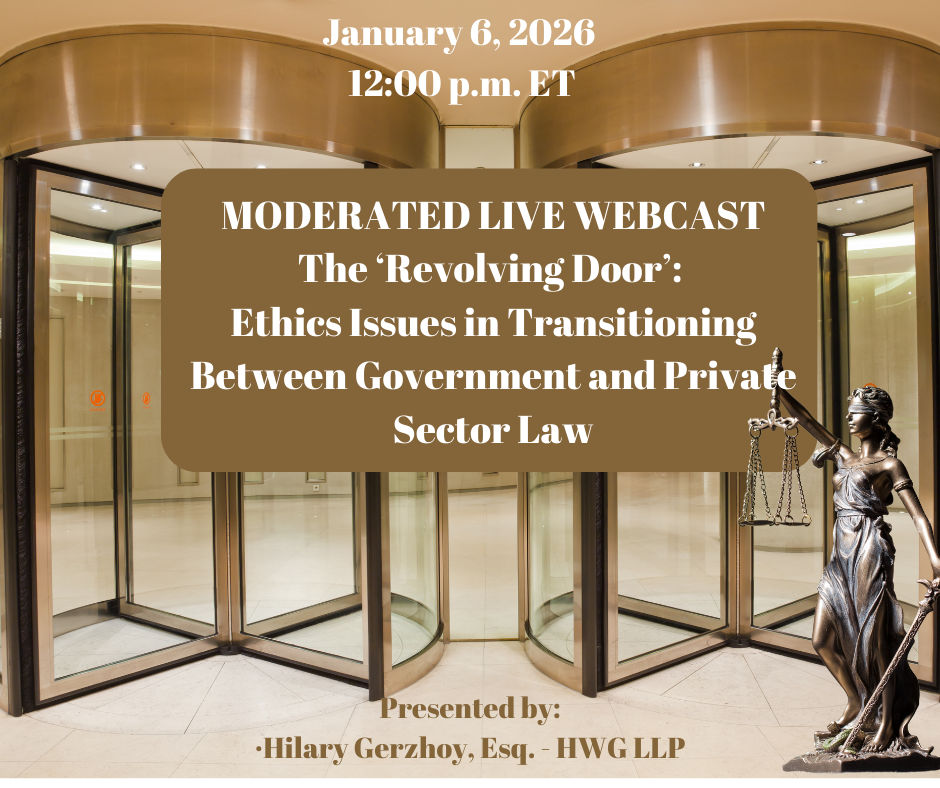
This CLE will cover the critical ethics issues involved in leaving government practice for the priva...
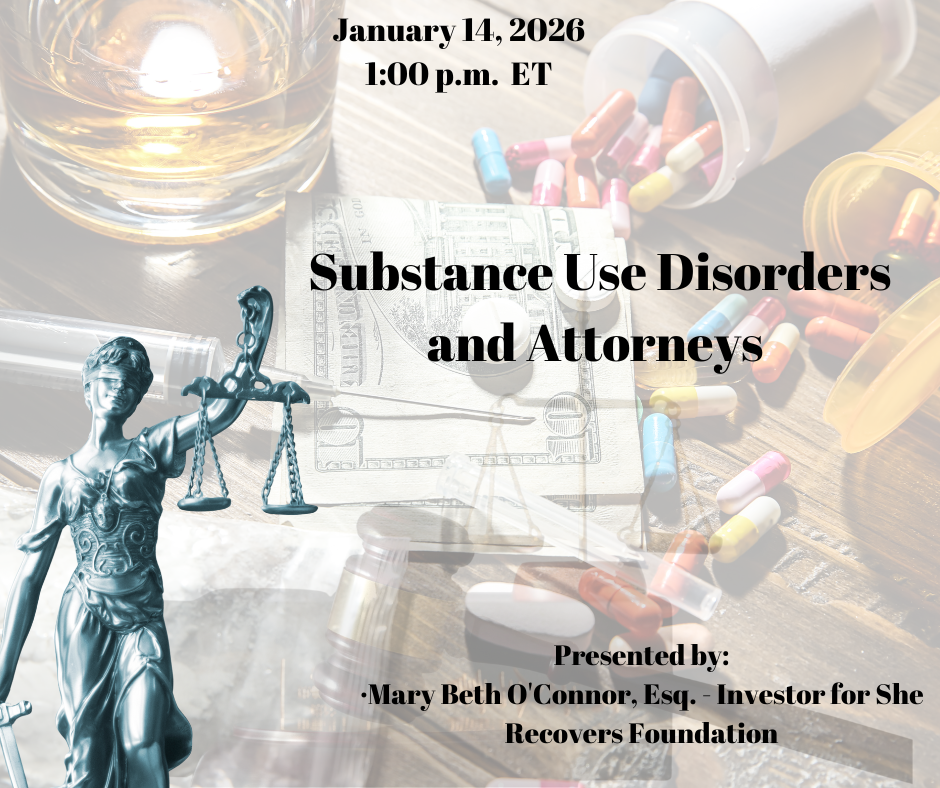
Mary Beth O'Connor will describe her personal history of 20 years of drug use and 30+ years of sobri...

Protect clients and yourself by knowing some of the more common ethical issues that can affect your ...
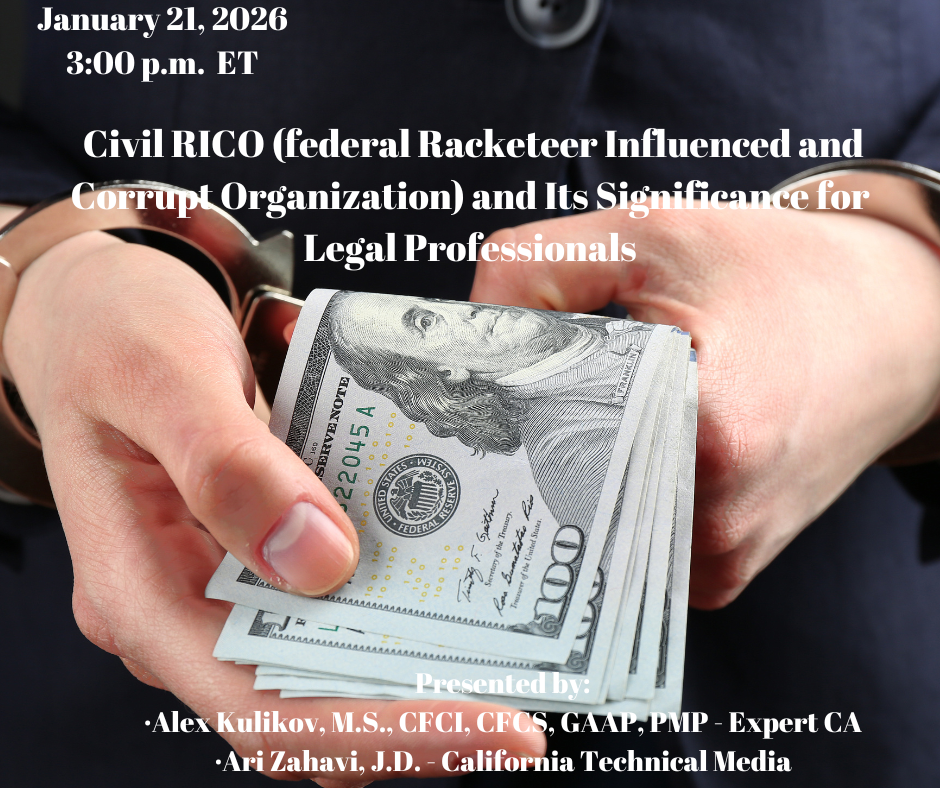
The Civil RICO framework allows individuals and businesses to pursue legal action for damages from a...

A practical overview designed for attorneys new to financial reporting. The session connects GAAP co...
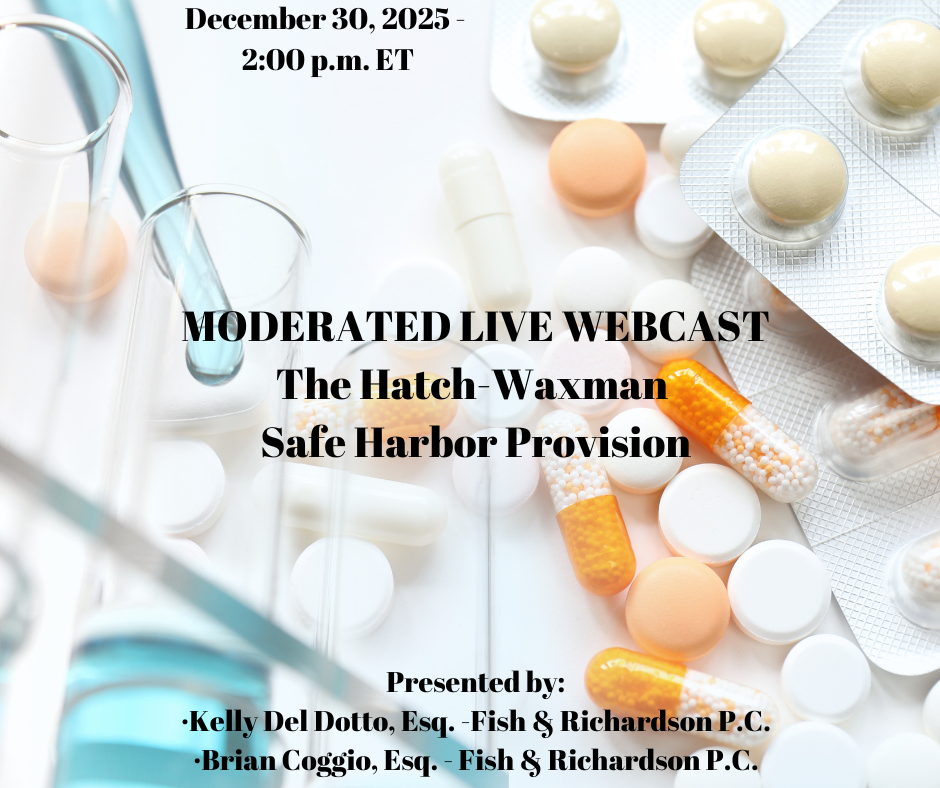
MODERATED-This course is designed to inform patent practitioners on the bounds of the Hatch-Waxman S...
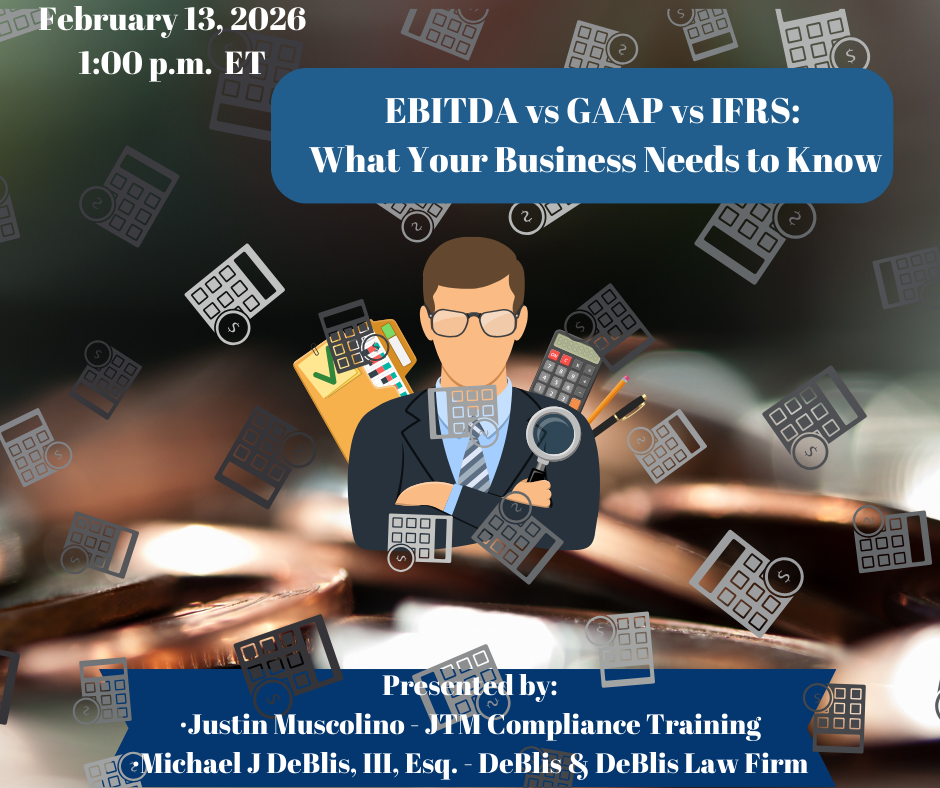
Tailored for attorneys, this training demystifies EBITDA and contrasts it with GAAP- and IFRS-based ...
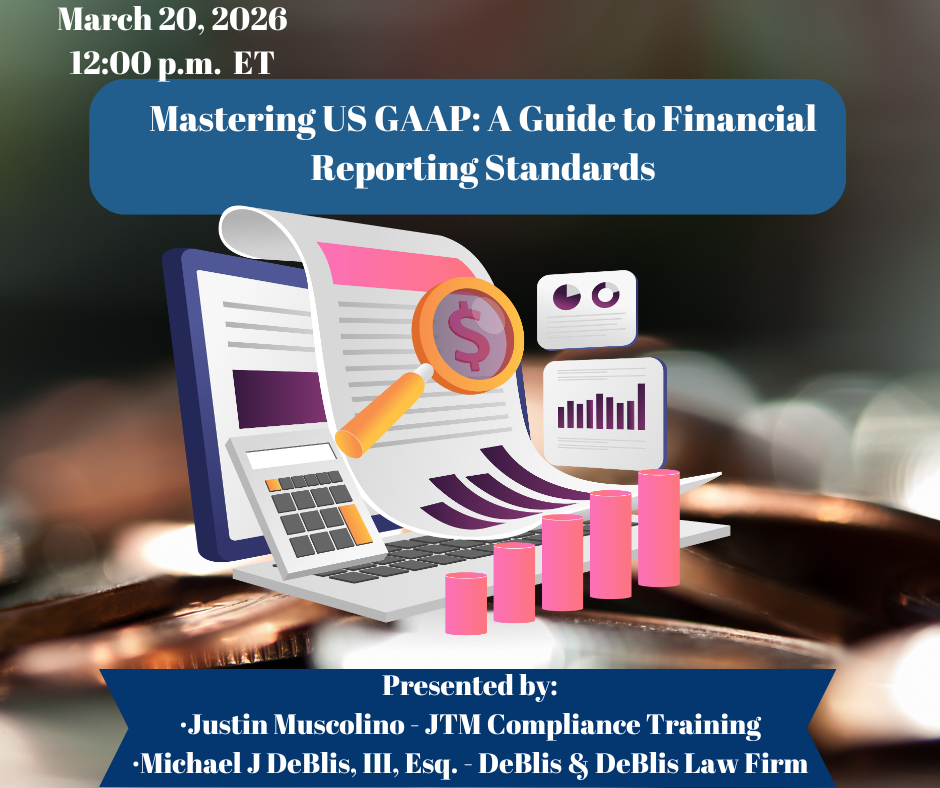
This advanced CLE dives into complex GAAP topics relevant to attorneys advising corporate, regulator...

You’ve arranged to speak with a reporter. Do you know how to deliver insights that are memorab...

As lawyers, time is our most finite resource. We have duties to our clients to ensure that their mat...